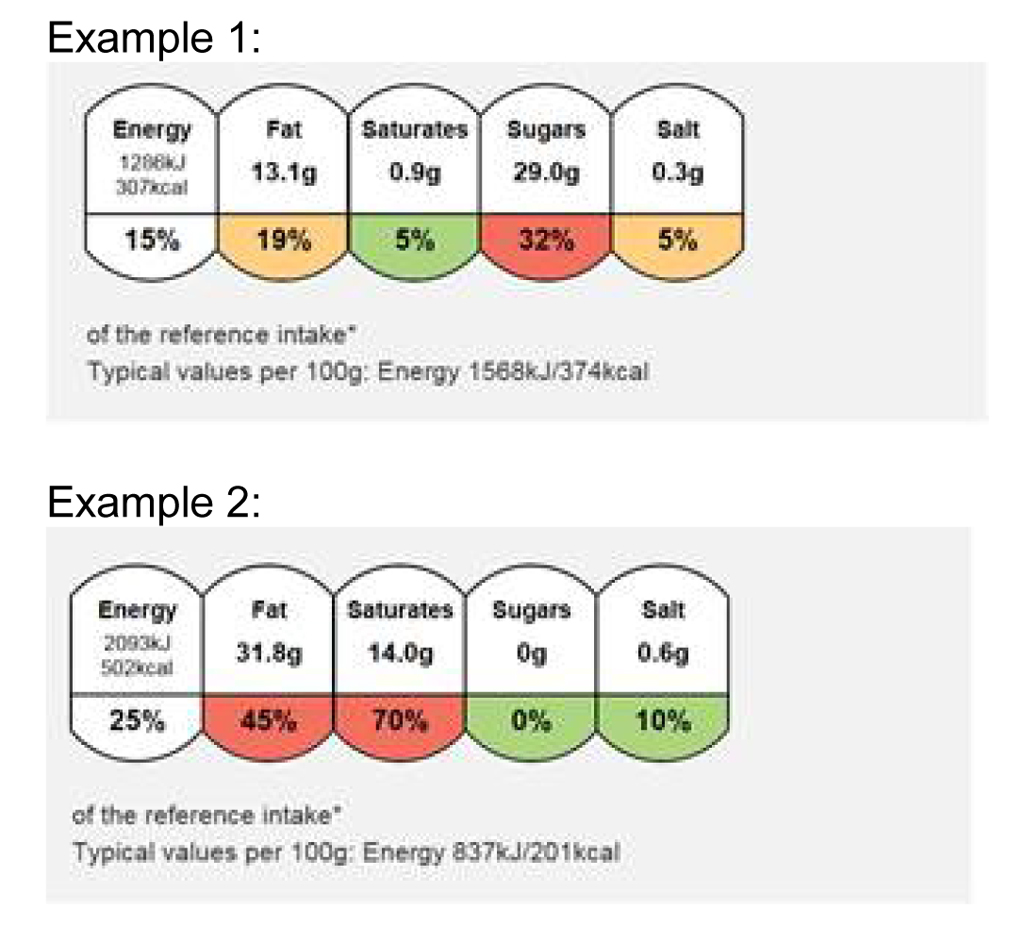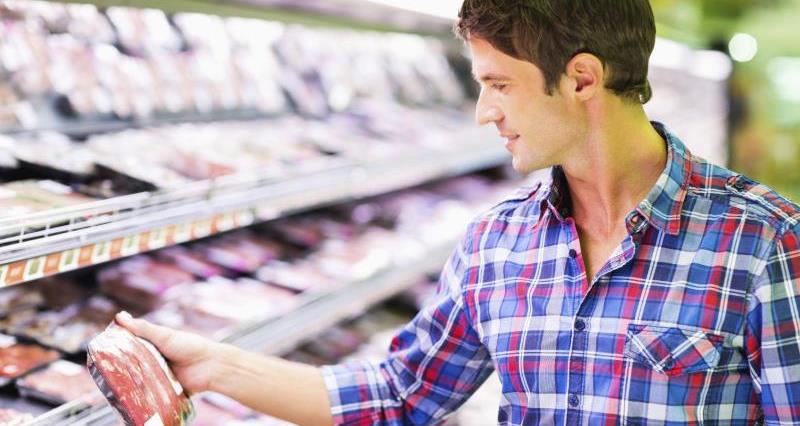She writes:
Minette Batters told members of the audience that it's essential for shoppers to have clear, unambiguous country-of-origin labelling on food packaging. The NFU’s calls for country of origin labelling on processed dairy and meat products were echoed by Sue Davies from WhichUK, who said that it would enable consumers to make informed choices on the food they were purchasing.
In my role as a food chain adviser, I am always looking at labels on food both in supermarkets and in restaurants. Retailers generally do a good job on labelling their processed products with the origin of the meat and milk used as an ingredient, the only examples I have found recently of own-branded products are ready meals or added value products – they are labelled with ‘chicken from the EU’. While this does comply with the regulation, in my opinion, it means nothing to the consumer. One example I have is of two chicken breasts, which if on their own would have to be labelled by law with the country of origin. However as they have a strip of bacon and a dollop of cheese they are not required to include the country of origin on the label.
There is more work to be done with branded manufacturers as there are many examples of pies, sliced cooked meat, sausages, yoghurts, cream cheese and cheese slices that are either not labelled or labelled with ‘from EU’.
Speaking at the forum was Eric Giry, Agricultural Counsellor for the United Kingdom and Ireland, Embassy of France. Mr Giry told the forum about the two-year trial France is running on mandatory labelling of meat and milk products. A survey in 2013 carried out in France found that 81% of consumers wanted to know where the origin of the main ingredient was from in processed products. In France they wanted to address this consumer expectation so drafted their own decree, which was published in August 2016. The decree covers milk, milk as an ingredient – yoghurt, cream, butter, cheese, etc and meat used as an ingredient - beef, pork, sheep, goat and poultry meat. It means that labelling is required for products above certain thresholds, 50% milk of all varieties in dairy products and over 8% meat. Products processed outside of France are not subject to the scheme – so France will still get imported products without the country of origin provided. For milk products, the country of collection, packaging and processing has to be listed. Eric stated the trial is only eight months in and too early on to comment on how it was going. However manufacturers have expressed difficulties in cost and logistics of needing to change their products to meet the new rules.
Nutrition labelling
Sue Davies from WhichUK told the forum that front-of-pack nutrition labelling is important to consumers and later on we heard from Giles Quick, Kantar Worldpanel, who said that 80% of consumers claim they use front of pack labelling to guide their food choice.
It is found that those that do use front-of-pack labelling tend to have healthier baskets. The 20% that say they don’t care tend to be lower income groups.
Changing buying behaviour is very difficult . The average supermarket has 30,000 lines available and the average shopper will only buy up to 300 a year – 1% of what is available. Purchasing behaviour is predictable and very habitual.
The NFU position has been that traffic light labelling is too simplistic and doesn’t take in to account additional vitamins and minerals foods can provide. During a discussion a fellow delegate gave me a fantastic example of this. Below, example one is the traffic light labelling for a pack of four blueberry muffins and example two is a pack of two sirloin steaks – at a glance which looks the healthiest?

Front of pack nutritional labelling looks like it is here to stay so as the agricultural sector we need to come together to look at how we can market our products as naturally nutritious.
